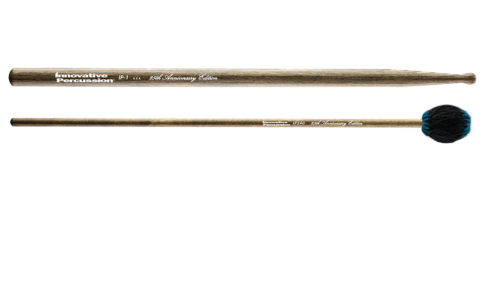This column picks up where I left off in a previous column titled “Practice Perfect.”
The starting point for a piano player is unfettered access to all notes over a seven-octave range. As Johann Sebastian Bach famously said, “All one has to do is hit the right keys at the right time, and the instrument plays itself.”
Sound Production
Brass players spend their entire lives in pursuit of this unattainable ideal: the ability to play any note at any time. Mundane exercises such as long tones are a daily requirement as we strive to regain—or even hope to improve—yesterday’s ability to produce sound on the instrument. We must master this skill before we even consider the task of organizing sound into musical form.
Since the operational aspects are so easy, we expect pianists to play multiple notes. Although certain brass players have developed tricks to produce two and even three notes simultaneously (try humming one pitch while playing another), generally we are only required to play one at a time.
An Approach to Practicing
This situation forms the pedagogical basis for an approach to practicing and performing: Play one note at a time and play every note to the best of your ability.
When practicing, follow three simple rules:
- Practice slowly
- Listen critically
- Stop and fix
Practicing slowly produces rapid progress. Pay attention to every aspect of your notes: the attack, tone, dynamics, intonation and rhythmic placement. When you play a note that could be improved, stop and work on it in the context of the line. Progress consists of incremental improvements.
A Single Focus
When performing, don’t be distracted by the notes you’ve already played or the ones yet to come. Focus entirely on the note you are playing now. Like dominoes, careful placement of each one produces the desired end result.
Perfection is not the goal, nor is it achievable. Flaws are inevitable. But don’t let flawed performance be the result of mediocre effort or inattention to detail.
About the Author
Chase Sanborn is a jazz trumpet player based in Toronto. He is on the faculty at the University of Toronto and is the author of “Brass Tactics,” “Jazz Tactics,” “Tuning Tactics” and “Music Business Tactics.” Chase is a Yamaha Artist.
Visit his website at www.chasesanborn.com. Questions about all things brass-related can be sent to info@chasesanborn.com.


